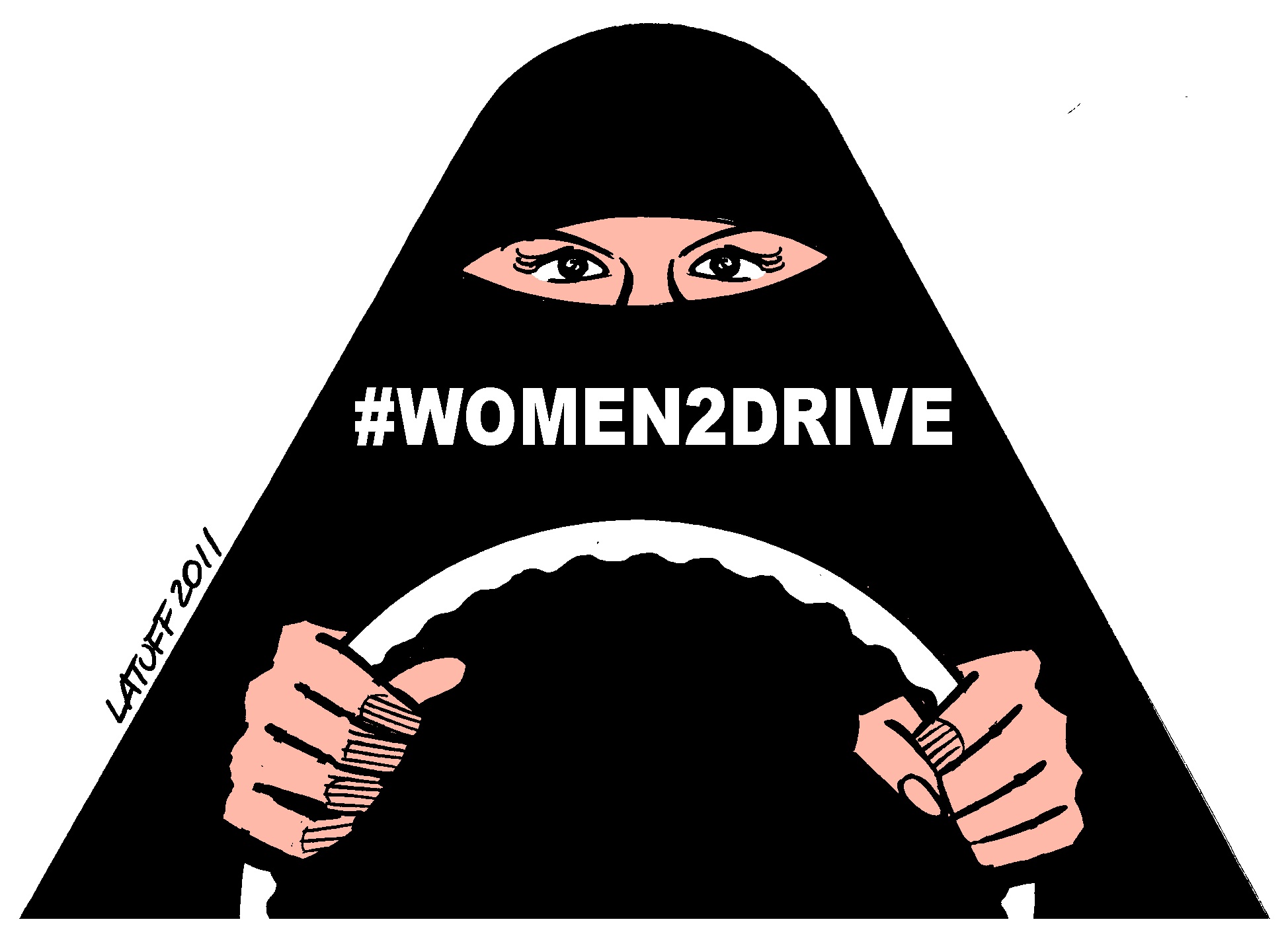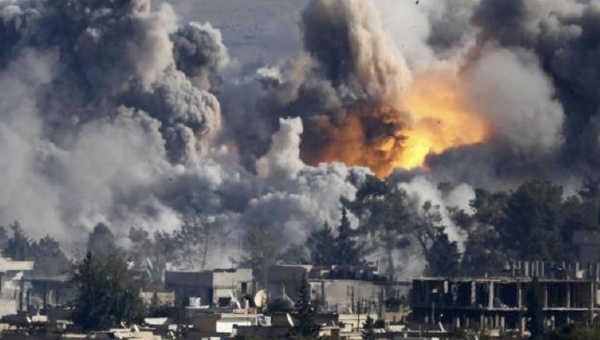For 17 hours, observers attempted to read the tea leaves for any signals of how the peace talks in Minsk were going. The Ukrainian President stormed out twice, the Russian President snapped a pen in frustration, and a journalist was hospitalized for exhaustion. Finally, on Thursday morning, the leaders of Ukraine, Russia, Germany and France (along with host Belarus) emerged to announce that a ceasefire deal has been struck.
The Deal
The agreement, billed as a last chance to stop the bloodshed, outlines a 13-point peace plan:
• A ceasefire due to come into effect on Sunday
• Withdrawal of heavy weaponry and creation of a buffer zone between the warring sides, no later than two weeks after the ceasefire begins
• A prisoner exchange to be completed by the fifth day after the withdrawal of weapons
• Amnesty to the rebels
• Disarmament of illegal armed groups
• Removal of all foreign military personnel and equipment
• New local elections, adhering to Ukrainian law and monitored by the OSCE
• A restoration of Ukraine’s control of the eastern border, but only after a special autonomous status of the conflict zone is enshrined in a new constitution, to come into force by the end of 2015
• Unhampered delivery and distribution of humanitarian aid
• Restoration of pensions and other social benefits payments and reestablishment of banking system operation
Unresolved Issues
The key issue is Ukraine’s regaining full control over territory currently held by the rebels as well as of its border with Russia. Control will be restored only on condition of local elections and constitutional refo rm giving breakaway regions more autonomy. Under this plan, Ukraine will not be in full control of its eastern territories until the end of the year. The implication of this timeframe is that the border with Russia will remain porous for many months, leaving the door open for continued inflows of soldiers and weapons.
rm giving breakaway regions more autonomy. Under this plan, Ukraine will not be in full control of its eastern territories until the end of the year. The implication of this timeframe is that the border with Russia will remain porous for many months, leaving the door open for continued inflows of soldiers and weapons.
Another concern is that the agreement is a bare-bones outline, failing to spell out some of the key points, potentially leading to conflicting interpretations and dangerous consequences. One problem is the lack of a clear demarcation of the truce lines, which risks paving the way for more fighting. On the one hand, rebel forces retain territory gained since the September accord. On the other hand, the boundaries of the region to be given special status are to be based on the borders as defined in the September peace deal. This leaves a swathe of land in a limbo status and creates an inherent contradiction, which can prove to be a time bomb.
At the very core of the conflict is the extent of Kyiv’s power in the contested region, but the deal is ambiguous with regards to just how much autonomy will be granted under the amended constitution. In a nod to how toxic this issue is in Ukraine, President Poroshenko was quick to categorically deny that the agreement had any whiff of federalization. In fact, the special status to be conferred on the breakaway regions would give them considerable powers, including control over foreign policy and trade, establishment of own policing force and a say in appointments of prosecutors and judges. The degree of autonomy thus remains unclear and will be a point of contention.
Other key questions left unresolved in the plan include the status of the self-proclaimed Donetsk and Luhansk People’s Republics and, in a related vein, how to define “illegal armed groups” required to disarm under the deal. Notably, Crimea was left out of the agreement altogether.
What’s Next
On the heels of a bloody offensive surge by the rebel forces, a US bid to start arming Ukraine, and relentlessly militant rhetoric out of Kyiv and Moscow, the current ceasefire agreement can rightfully be considered a feat of diplomacy. Its success, however, hinges on implementation.
The degree of support for the agreement among the Ukrainian public will be an important factor to watch. Early evidence suggests the deal is getting a cold reception in Ukraine, where many feel it fails to provide sufficient assurances to protect the country’s territorial integrity. It remains to be seen whether Ukraine’s volunteer battalions, which have often outperformed the regular army, will accept the unfavorable stipulations in the deal.
On the other side of the battle lines, it is difficult to know with any certainty if Russia is prepared to implement the deal in good faith. President Putin’s tactics have remained unpredictable and cunning throughout the conflict. Even as the Minsk negotiations were underway and Putin’s administration continued to deny military support of the rebels, reports came in of heavy equipment, including 50 tanks and 40 missile systems, crossing the border from Russia.
Germany’s Angela Merkel called the agreement a “glimmer of hope”. This is an acutely accurate assessment. The peace deal reached in Minsk seems to be less of a solution to the conflict, and more of a prevention of a worse conflict still. But, as several commentators have pointed out, a bad peace is better than a good war.




